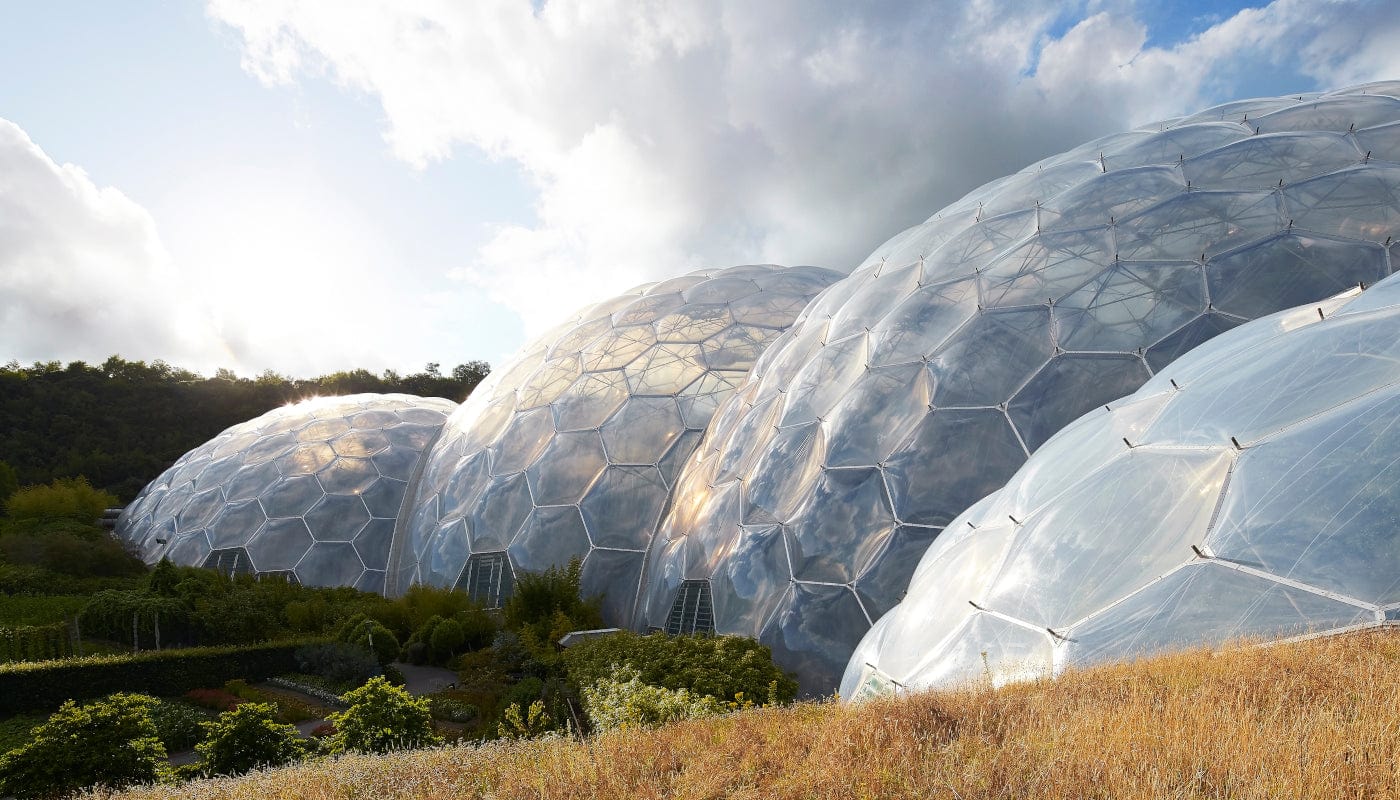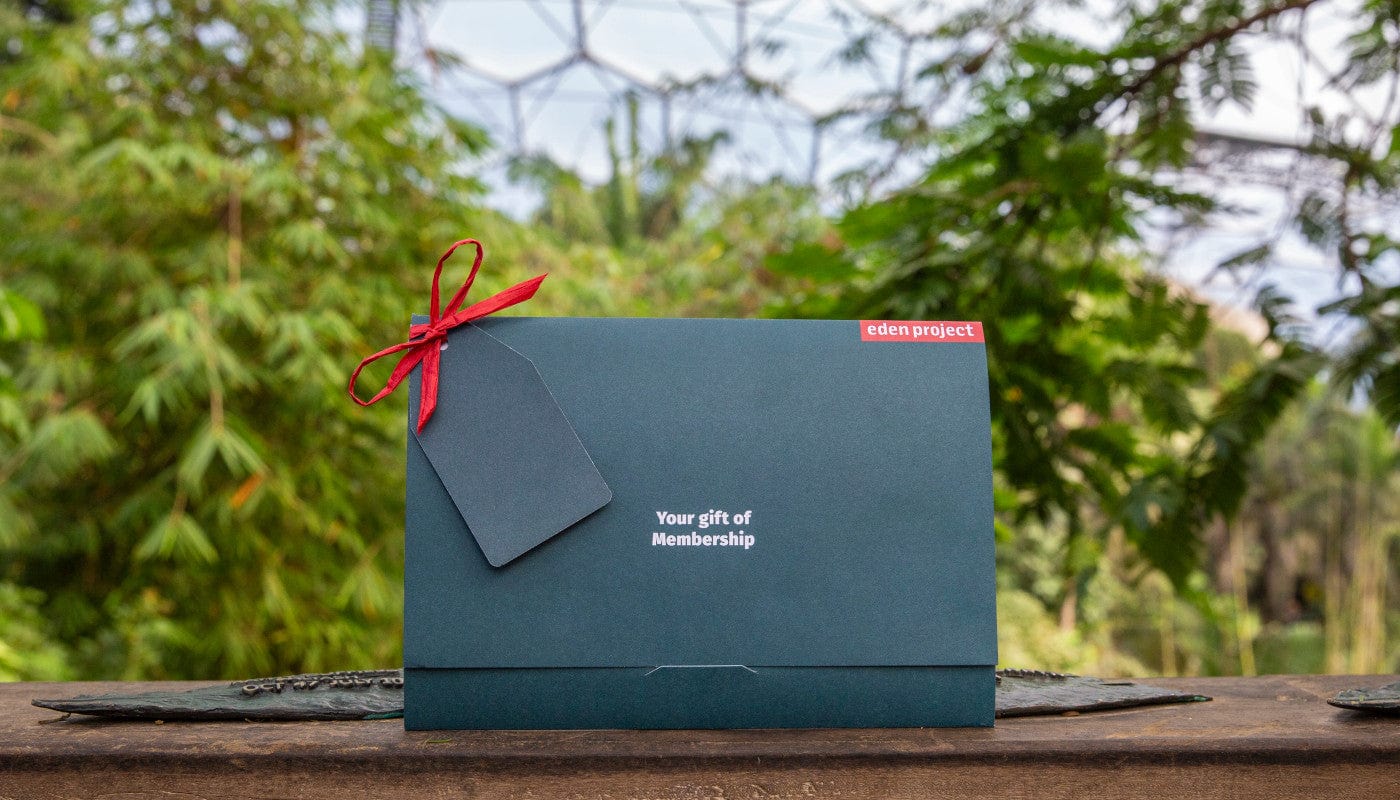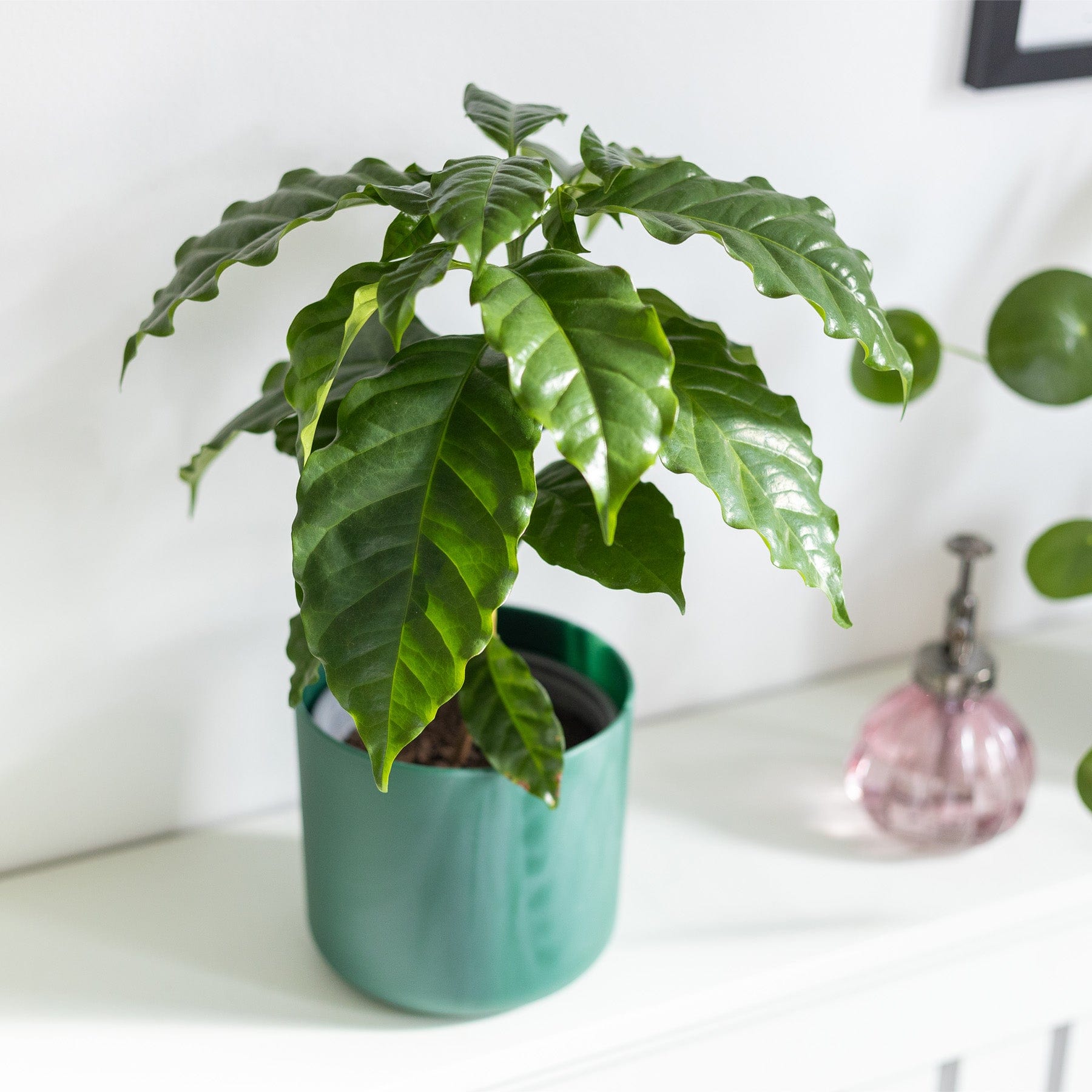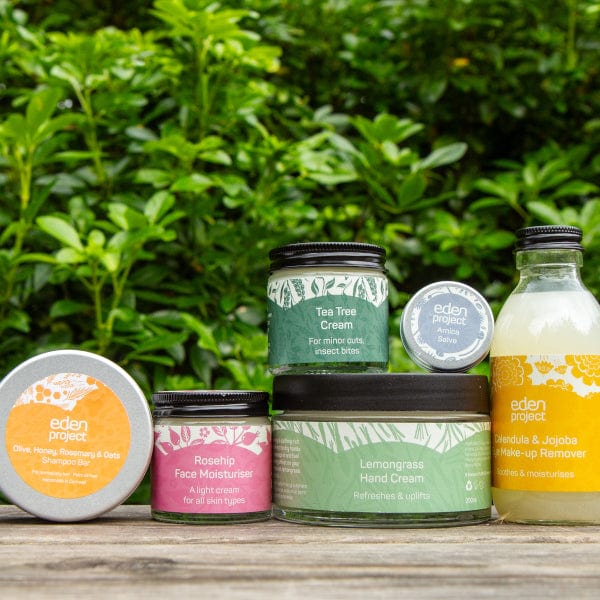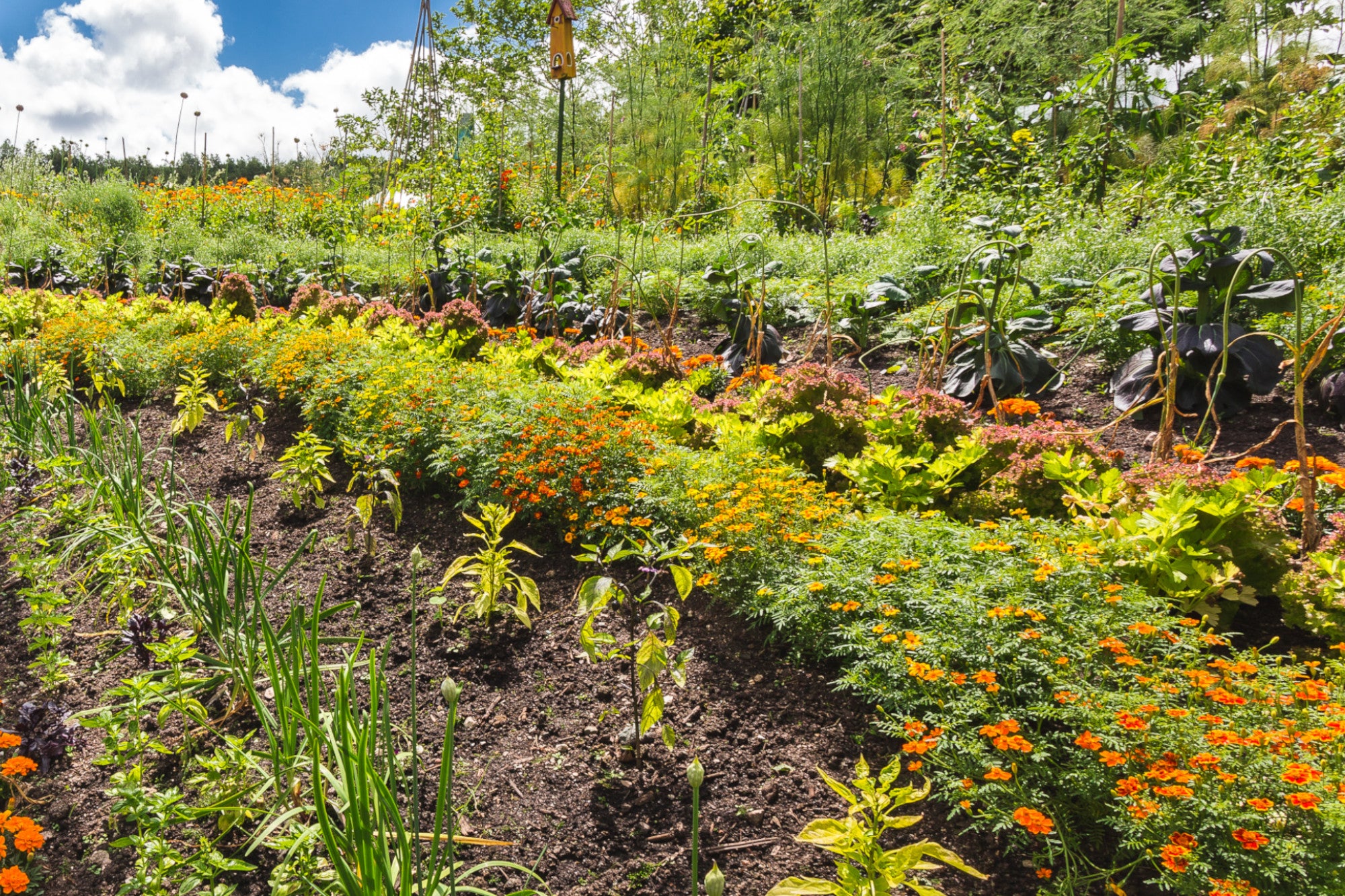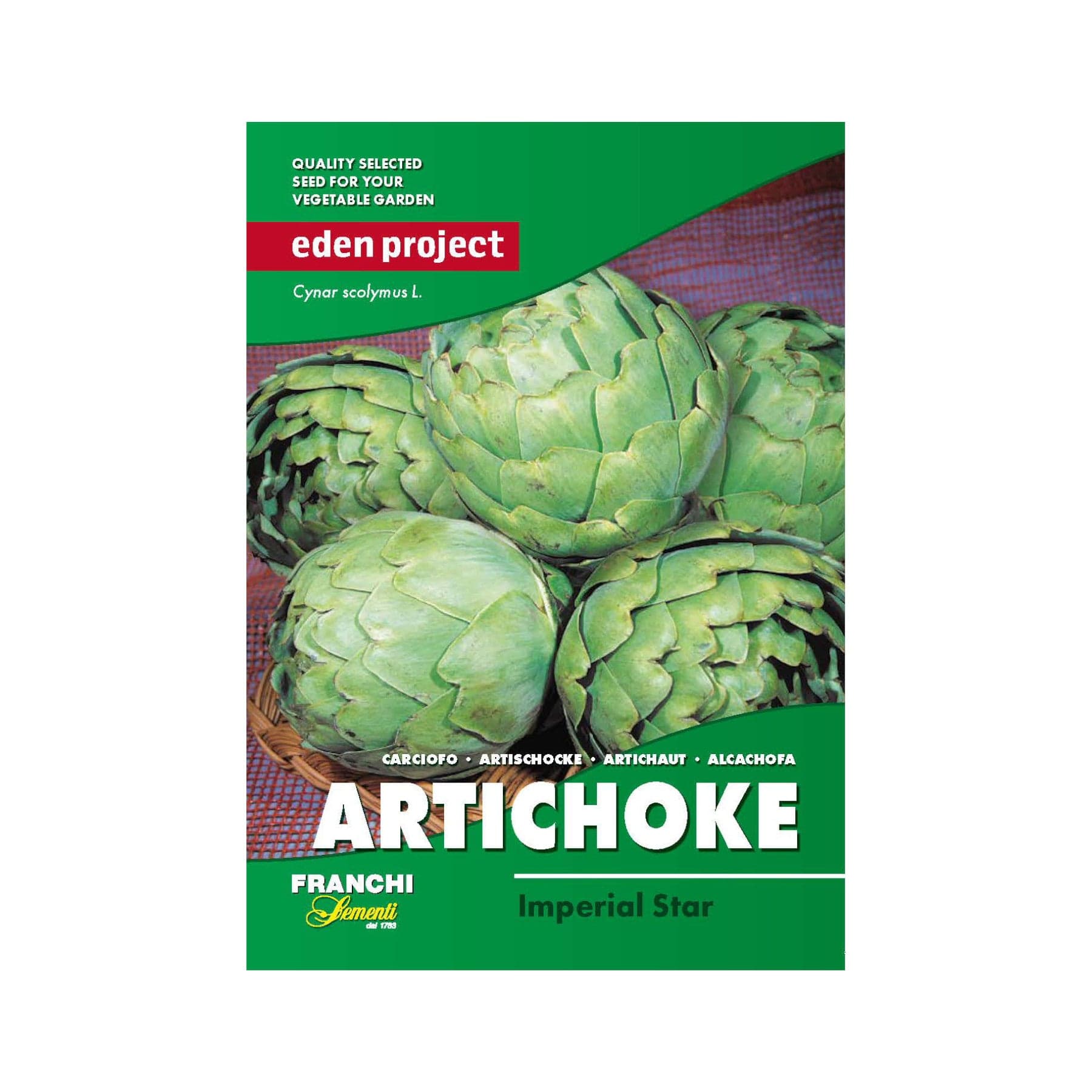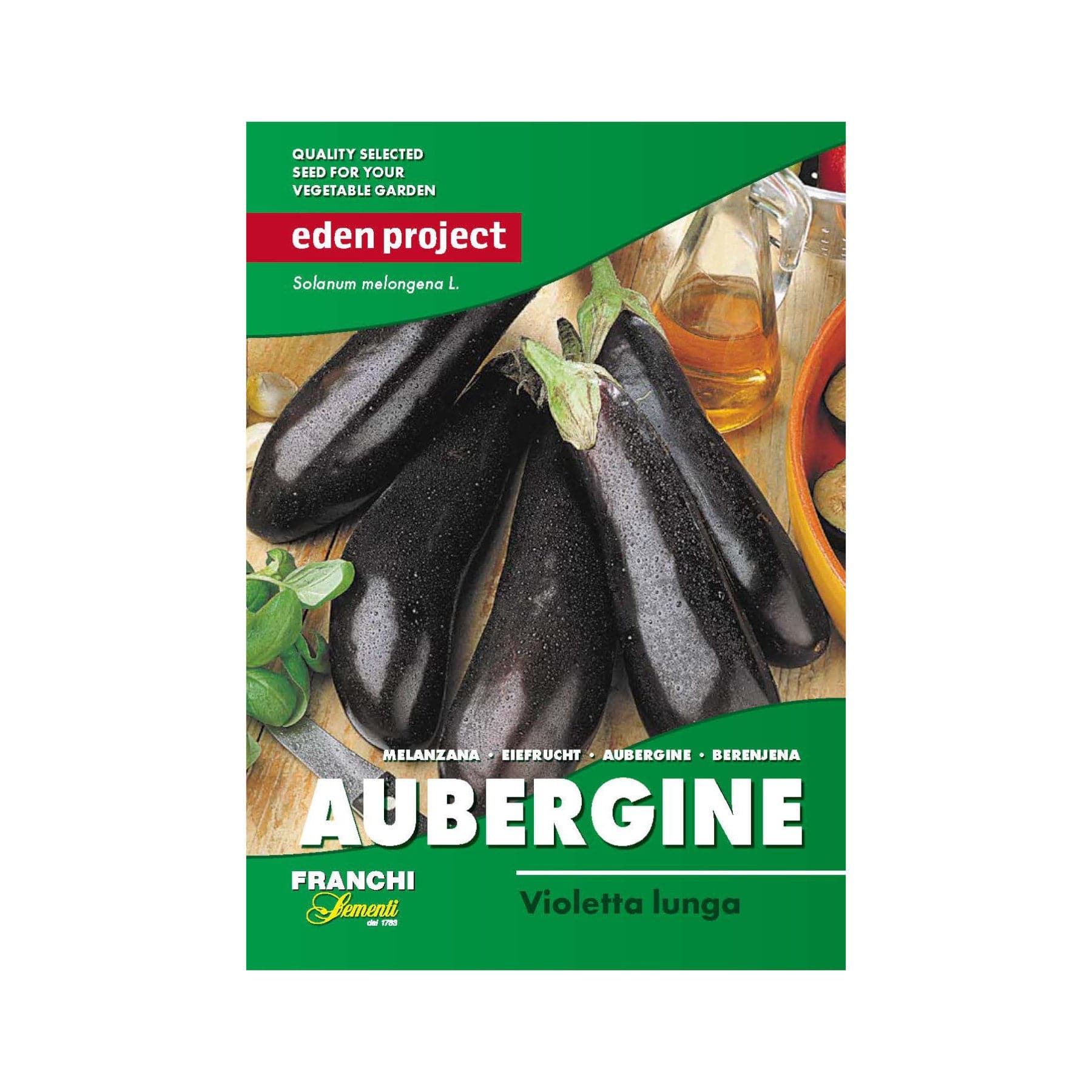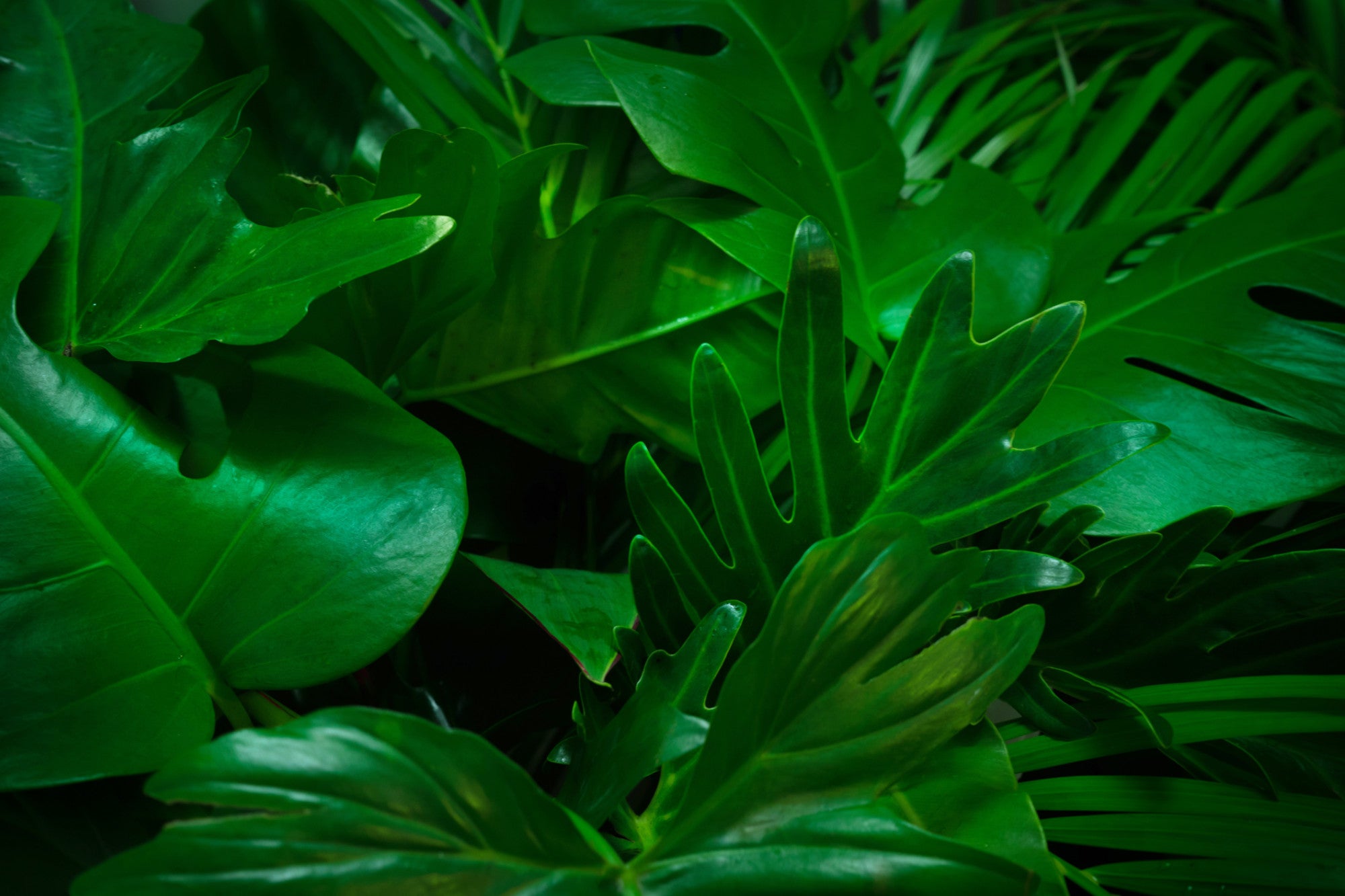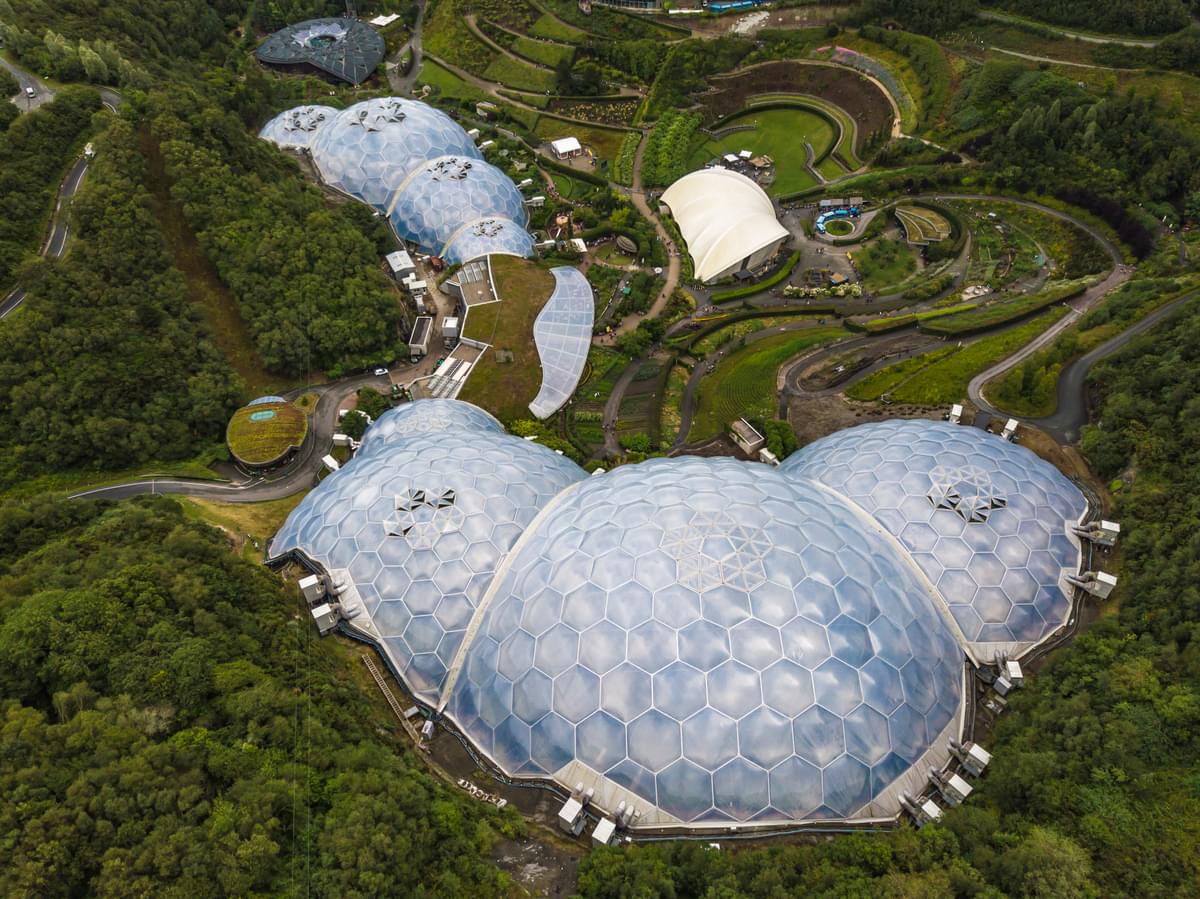A guide to growing your own vegetable patch
If you’re embarking on the journey to becoming more self-sufficient and sustainable in your everyday life, one of the best ways to start is with your own vegetable patch. Creating a vegetable garden not only helps to lessen the environmental impact of our food, but it is also a great way to connect to the living world around you. Growing your own at home is also a great way to teach any children about where their food comes from, encouraging a positive relationship between people and plants from an early age.
Learning how to grow and harvest food is one of the small changes we can make to take better care of the environment. If you’re looking for helpful tips and advice on how to grow and harvest food from your garden, keep reading as we take you through a complete guide to starting your own vegetable patch.
What are the benefits of growing vegetables at home?
Although the initial idea may seem daunting, gardening can be easier than you think and provide a very rewarding experience. Not only does it help reduce food waste as you only grow what you know you will use, but it also gives you a chance to experience the great taste of freshly grown vegetables that are full of flavour and nutrients and free from any nasty chemicals. By growing your food, you are more in control of what you’re putting into your body.
Growing your own also cuts out the need for plastic packaging that you’d usually find your produce wrapped in, in turn reducing your plastic waste. As such, the whole process of growing food at home helps to lessen waste, reduce your carbon footprint, and can be more cost-effective than buying from the shops.
Before you begin, there are some important things to consider. You must first think about where you have space and what size vegetable patch you can create as these will be your biggest limitations when getting started.
You’ll also need to think about when and how something needs sowing, when it needs planting out, the length of time it is going to take for each crop to reach harvest, how much space it needs and what season(s) it will thrive in, to get the most out of your patch.
How to grow vegetables at home?
The best way to begin growing vegetables at home is to start small and work on one area at a time. It’s better to be proud of a small, successful vegetable patch than to become overwhelmed by a large one.
Take it slowly and don’t try to plant too much too soon, only grow what you know you and your family will eat. Start small and don’t dig up the entire garden in one go, make sure to start with a smaller plot first when getting used to how to properly grow different vegetables. Once you’ve successfully managed your small plot, then you can consider expanding your vegetable garden.
Before you start your vegetable patch, we recommend reading through the following advice to ensure success.
Find the right spot.
Picking the perfect spot for your vegetable patch is essential to ensure a good harvest every season. You need to pick an area of your garden that gets at least 6 to 8 hours of sunlight each day as this is vital for the growth of the vegetables. The right spot should also be shielded from strong winds that may affect them and their pollination, and in an area that doesn’t receive any foot traffic which may damage your vegetables.
Design your plot.
Drawing out a plan of the exact measurements and positioning of your new vegetable garden will help you spot any possible issues early. Whatever the size of your garden, make sure that you have paths between your vegetable patches that allow you to easily access your plants to weed and harvest, without stepping on the soil.
If you plan on planting directly into a designated patch, a roughly 3 m x 3 m garden is a manageable size that will hold between 3 and 5 different crops. If you’re looking to use raised beds for your vegetables, a roughly 1 m x 1 m or 1 m x 2.5 m is a good size for a beginner and we suggest going no bigger than a 3.5 m x 7 m patch to keep it manageable.

Get the soil right and remove weeds.
The area you choose for your vegetable patch should have nutrient-rich soil that is free from any weeds and large stones that can interfere with root growth leading to weak plants. If your soil has poor drainage, your patch may flood, causing wet roots that can rot causing your crops to die. Weeds and any stones must also be removed from your soil as they can interfere with root growth and cause weak plants to grow.
Soil health is key, as it will be the food source for your plants. You can help fill it with nutrients by adding eco-friendly fertilisers or compost - composting not only helps the environment but can provide a plethora of nutrients to the soil in your garden which helps to grow plentiful crops. Home composting is also a great contributor to a more sustainable life as it helps prevent food waste from entering landfills and puts the food back into the environment, creating a circular life cycle and making a positive impact on the environment.
If your soil contains a lot of chalk or clay, it’s best to grow your vegetables in raised beds using soil-based compost and topsoil. Ideally, your soil should be pH tested to check it is not too acidic or alkaline. You can do this at home with kits you can buy online or from your local garden centre and there are methods for adjusting pH if needed. Some crops prefer slightly acidic or alkaline soil too, so knowing this may help you to decide what to plant where.
Choose the right vegetables.
When creating a vegetable patch you need to consider what season each vegetable grows best in. Some vegetables are easier to grow than others, so If you've never grown vegetables before, we recommend starting with easy-to-grow crops first, this includes things such as courgettes, potatoes, lettuce, onions and beetroot. The local climate and season can heavily affect the success of your crops, therefore we would recommend starting with vegetables that can grow well in the UK without requiring additional seasonal support such as a greenhouse or specialised soil mixtures.
You must also consider what vegetables you like to eat and be realistic about how much of each vegetable you and your family are likely to consume. Over-planting vegetables can lead to excessive food waste and create unsustainable crops. If you end up with a surplus, you can always gift it to friends or family or trade it for some of their bumper crop to make the most of your harvest.

When to grow vegetables?
You can start a vegetable patch at any time of the year, but spring is generally the best time to start growing most vegetables. This season is the perfect time of year to start maximising your outdoor space and start sowing your vegetables to harvest throughout the summer and into autumn. However, each vegetable is different, therefore it’s important to check the seed packet of the vegetables you wish to plant to make sure you are sowing at the correct time.
What vegetables can you grow in winter?
Almost all vegetables can be grown in spring and summer, however, when it comes to winter, there are limits as to which vegetables will survive and thrive in these colder months. Growing vegetables throughout the winter is a great way to ensure you have a tasty harvest in early spring before you start sowing for the summer. That’s why it’s always important to plan ahead, ensuring you have the right seeds to grow robust crops even in the bleak winter weather.
Some more hardy winter vegetables thrive in the frosty winter weather but should be sowed in the summer as they can take several months to reach full maturity. The best produce to grow in winter are vegetables such as;
- Broccoli
- Brussels sprouts
- Cabbages
- Kale
- Leeks
- Parsnips
- Chard
- Carrots
- Onions
- Turnips
- Winter squash.
Other vegetables can be grown in winter however they may need additional protection such as fleece, cloches and greenhouses.
Most vegetable patches can accommodate winter crops, however, it’s important to be aware that some vegetables, such as Brussels sprouts, cabbages and kale can take up a lot of space and take a long time to grow. Therefore it’s important when considering what you’re going to grow in winter that you choose a larger, open site that has properly cultivated, free-draining soil to allow space for these vegetables to grow.

Start your own vegetable patch with the Eden Project Shop
A thriving vegetable garden of any size, in any season begins with healthy, nutrient-rich soil and an array of seeds. Here at the Eden Project Shop, we have a full collection of salad, herb and veggie seeds and compost and soil improvers that can help get you started when creating your very own vegetable garden at home. Alternatively, watch our video series on gardening for beginners for information on the correct way to grow your favourite fruits and vegetables.

